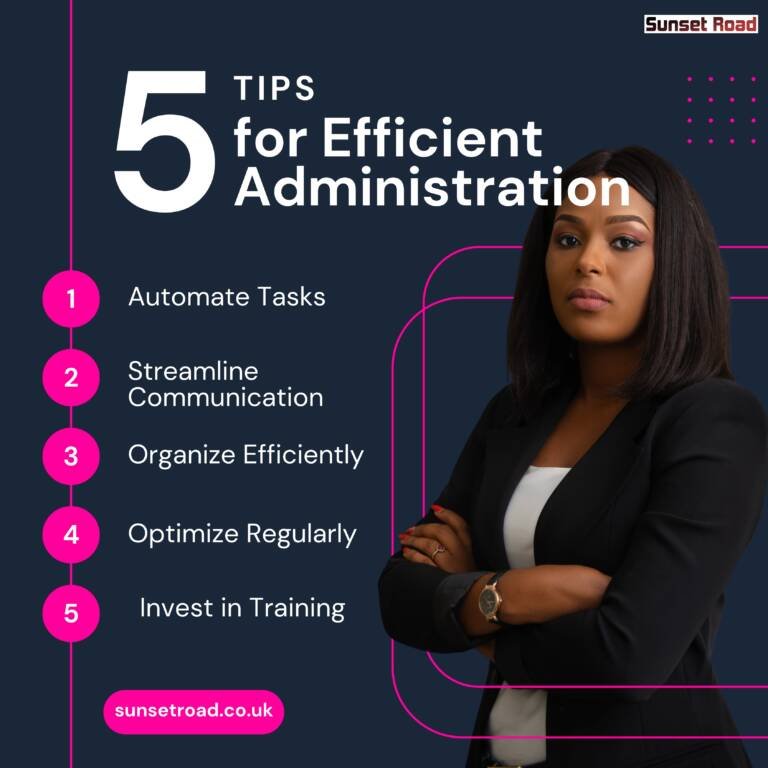Enhancing Your Customer Experience Strategy
In today’s competitive market, excellent customer support is more than just a necessity; it’s a key differentiator that can set your business apart from the competition. Enhancing your customer experience strategy involves a comprehensive approach that addresses various aspects of customer interaction, satisfaction, and loyalty. This blog delves into the strategies, tools, and techniques that can help you elevate your customer support and deliver a superior customer experience.
The Importance of Customer Support in Modern Business
Customer support plays a critical role in shaping the perception of your brand. A positive experience can lead to increased customer loyalty, positive word-of-mouth, and higher customer lifetime value. Conversely, poor customer support can result in lost customers, negative reviews, and damage to your brand’s reputation.

Key Benefits of Excellent Customer Support
- Increased Customer Loyalty: When customers feel valued and supported, they are more likely to remain loyal to your brand.
- Positive Word-of-Mouth: Satisfied customers are more likely to recommend your products or services to others.
- Higher Customer Lifetime Value: Retaining customers and encouraging repeat business can significantly boost your revenue.
- Competitive Advantage: Outstanding customer support can distinguish your brand in a crowded market.
Building a Strong Customer Support Team
A strong customer support team is the backbone of any successful customer experience strategy. Here are some key steps to building an effective team:
Hiring the Right People

- Look for Empathy and Communication Skills: Hire individuals who are naturally empathetic and have strong communication skills. These traits are essential for understanding and addressing customer needs effectively.
- Experience and Expertise: While empathy and communication are crucial, experience in customer support or a related field can provide a solid foundation for new hires.
- Cultural Fit: Ensure that new team members align with your company’s values and culture, as this can impact their approach to customer support.
Empowering Your Team

- Provide the Right Tools: Equip your team with the necessary tools and technology to handle customer inquiries efficiently.
- Encourage Autonomy: Empower your team to make decisions and solve problems independently, which can lead to faster resolution times and increased customer satisfaction.
- Foster a Positive Work Environment: Create a supportive and collaborative work environment to keep your team motivated and engaged.
Leveraging Technology for Enhanced Customer Support
Technology plays a vital role in enhancing customer support by streamlining processes and improving efficiency. Here are some key technologies that can transform your customer support strategy:

Customer Relationship Management (CRM) Systems
- Centralized Customer Data: A CRM system provides a centralized repository for customer data, allowing your team to access relevant information quickly.
- Personalized Support: Use CRM data to tailor your support interactions based on each customer’s history and preferences.
- Automated Workflows: Automate routine tasks such as ticket assignment and follow-ups to increase efficiency.
Artificial Intelligence (AI) and Chatbots
- 24/7 Support: AI-powered chatbots can provide round-the-clock support, answering common queries and escalating complex issues to human agents.
- Faster Response Times: Chatbots can handle multiple inquiries simultaneously, reducing wait times for customers.
- Data Analysis: AI can analyze customer interactions to identify trends and areas for improvement.
Omni channel Support
- Unified Communication: Implement an omnichannel support strategy to provide seamless customer experiences across various channels, including email, phone, live chat, and social media.
- Consistency: Ensure that your support team delivers consistent service quality across all channels.
- Customer Convenience: Allow customers to choose their preferred communication channel, enhancing their overall experience.
Enhancing the Customer Journey
Improving your customer support strategy involves enhancing the entire customer journey, from initial contact to post-purchase support. Here are some key steps to consider:

Proactive Support
- Anticipate Customer Needs: Use data and insights to anticipate customer needs and address potential issues before they arise.
- Proactive Communication: Reach out to customers with helpful information, such as product updates, maintenance schedules, or tips for using your products effectively.
- Preventive Measures: Implement measures to prevent common issues, such as comprehensive FAQs, troubleshooting guides, and self-service options.
Feedback and Continuous Improvement
- Collect Customer Feedback: Use surveys, feedback forms, and direct interactions to gather customer feedback on your support services.
- Analyze and Act: Analyze feedback to identify areas for improvement and implement changes to enhance your support strategy.
- Continuous Learning: Encourage a culture of continuous learning and improvement within your support team.
Measuring Success and Making Data-Driven Decisions
To ensure the effectiveness of your customer support strategy, it’s essential to measure success and make data-driven decisions. Here are some key metrics to consider:
Key Performance Indicators (KPIs)
- Customer Satisfaction (CSAT): Measure customer satisfaction through surveys and feedback forms to gauge the effectiveness of your support.
- Net Promoter Score (NPS): Assess customer loyalty and likelihood to recommend your brand through NPS surveys.
- First Contact Resolution (FCR): Track the percentage of customer inquiries resolved on the first contact to measure efficiency.
- Average Response Time: Monitor the average time it takes for your team to respond to customer inquiries.
- Average Resolution Time: Measure the average time it takes to resolve customer issues.
Data Analysis and Insights
- Identify Trends: Use data analysis to identify trends and patterns in customer interactions, such as common issues or peak inquiry times.
- Performance Monitoring: Continuously monitor the performance of your support team and identify areas for improvement.
- Customer Segmentation: Segment your customer base to understand different needs and tailor your support strategy accordingly.
Making Data-Driven Decisions
- Informed Strategy: Use data and insights to inform your customer support strategy and make informed decisions.
- Resource Allocation: Allocate resources based on data-driven insights to optimize your support operations.
- Continuous Improvement: Implement a continuous improvement process based on data analysis and customer feedback.
Case Studies and Examples
Example 1: Zappos
Zappos, an online shoe and clothing retailer, is renowned for its exceptional customer support. The company empowers its support team to go above and beyond to satisfy customers. For instance, Zappos has a policy that allows support agents to offer free overnight shipping, send thank-you notes, and even deliver flowers to customers experiencing hardships. This level of personalized and empathetic support has earned Zappos a loyal customer base and a reputation for outstanding customer service.
Example 2: Apple
Apple’s customer support is another excellent example of a company that prioritizes customer experience. Apple offers various support channels, including in-store Genius Bars, online chat, and phone support. The company invests heavily in training its support staff to provide knowledgeable and friendly assistance. Apple’s focus on creating a seamless and positive customer support experience has contributed to its high customer satisfaction and loyalty.
Example 3: Amazon
Amazon’s customer support strategy revolves around convenience and efficiency. The company offers multiple support channels, including phone, chat, and email, and uses AI-powered chatbots to handle common inquiries. Amazon also provides extensive self-service options, such as detailed help pages and an easy-to-use return process. By prioritizing quick and hassle-free support, Amazon has built a reputation for customer-centric service.
Conclusion
Enhancing your customer experience strategy through superior customer support is a multifaceted approach that involves building a strong support team, leveraging technology, enhancing the customer journey, and making data-driven decisions. By focusing on these key areas, you can create a customer support strategy that not only meets but exceeds customer expectations, leading to increased satisfaction, loyalty, and business success.
Remember, excellent customer support is not just about resolving issues; it’s about creating positive and memorable experiences that build lasting relationships with your customers. Invest in your customer support strategy today, and watch your business thrive.












